
Prehistoric rock art
Understanding ancient civilisations
NEW APPLICATIONS
 Lucile Beck is head of the CEA Carbon 14 Measurement Laboratory (Climate and Environmental Sciences Laboratory)
Lucile Beck is head of the CEA Carbon 14 Measurement Laboratory (Climate and Environmental Sciences Laboratory)
 Philippe Dillmann is research director at the CNRS and deputy director of the UMR3685 “Nanosciences and innovation for materials, biomedicine and energy” (CEA/CNRS)
Philippe Dillmann is research director at the CNRS and deputy director of the UMR3685 “Nanosciences and innovation for materials, biomedicine and energy” (CEA/CNRS)
 Stéphanie Leroy, researcher at CNRS, is an archaeometallurgist specialising in ancient ferrous metals. She works at the Archaeomaterials and Alteration Prediction Laboratory (LAPA).
Stéphanie Leroy, researcher at CNRS, is an archaeometallurgist specialising in ancient ferrous metals. She works at the Archaeomaterials and Alteration Prediction Laboratory (LAPA).
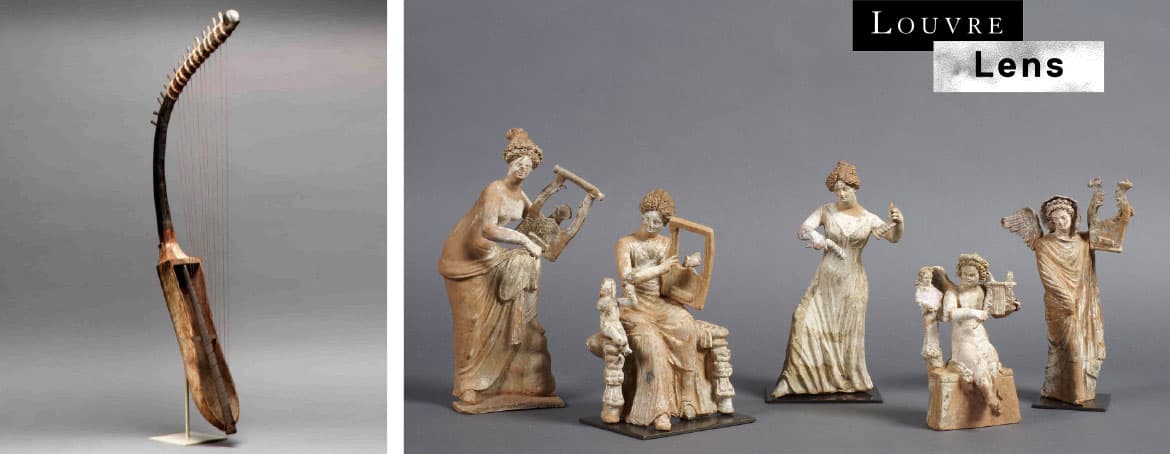
Exhibition “Musiques ! Échos de l’Antiquité, un voyage passionnant à la découverte des musiques de l’Antiquité” at the Louvre-Lens in 2017-2018 - © Louvre-Lens and © Anne Chauvet - Louvre-Lens
In the Kingdom of Angkor (9th‐15th centuries BC), iron was used for numerous purposes. For example, this metal was vital for building... As a tool for sculpting the sandstone, but also as anchors for assembling structural stones for the temples. Studying the provenance and dating of iron objects used by the Khmer Empire, using approaches developed by the Archaeomaterials and Alteration Prediction Laboratory (LAPA), offers a unique opportunity to understand how ferrous metals used at that time were made, but also how they were traded and used.
Since 2014, as part of the IRANGKOR project [1][1] Stéphanie Leroy heads the international IRANGKOR project, the first large-scale study of the production and distribution networks for Khmer iron, in order to shed light on economic and technological exchanges within the empire (9th-15th centuries, Angkor, Cambodia). This research is carried out in collaboration with the University of Illinois at Chicago, the Ecole française d’Extrême-Orient, LMC14 and the University of Sydney., the LAPA has been studying samples taken from a statistical selection of iron artefacts (anchors, tools, weapons, iron reinforcements) found on the archaeological sites of Angkor, more particularly the anchors found in the architectural edifices of Angkor, the capital of the Khmer empire.
The study of the metal structure and the composition of the non-metallic inclusions shed light on the technical parameters involved in the actual manufacture of this object and gave a clearer understanding of how it was used in Khmer architecture in the various periods [2][2] Hendrickson, M. et Leroy, S. Accepté. Sparks and Needles: Investigating state expansion through the Complexity Economics framework at Angkor, Cambodia (9th to 13th centuries CE). Journal of Anthropological Archaeology.. Thanks to the provenance studies, some of the royal roads used between the early 11th century and late 12th century to carry iron from the production sites to the capital were identified [3][3] Leroy, S., Hendrickson, M., Bauvais, S., Blanchet, T., Disser, A., Vega, E., 2017. The ties that bind: archaeometallurgical typology of architectural crampons as a method for reconstructing the iron economy of Angkor, Cambodia (tenth to thirteenth c.). Archaeol Anthropol Sci. DOI 10.1007/s12520‐017‐0524‐3.
Lastly, the direct dating of the metal is a new tool which, when combined with the available historical data, provides additional information to fine-tune the dating of these temples and identify the different builder-Kings. This approach enabled the beginning rather than the middle of the 11th century (reign of Udayadityavarman II, 1050-1066) to be proposed for the construction of Baphuon temple, which reopens the question of who ordered this crucial work in the history of the Khmer empire [4][4] Leroy, S., Hendrickson, M., Delqué‐Kolic, E., Vega, E., Dillmann, P., 2015. Construction and Modification of the Baphuon Temple Mountain in Angkor, Cambodia. PLOS ONE 10(11): e0141052. https://doi.org/10.1371/journal.pone.0141052. n
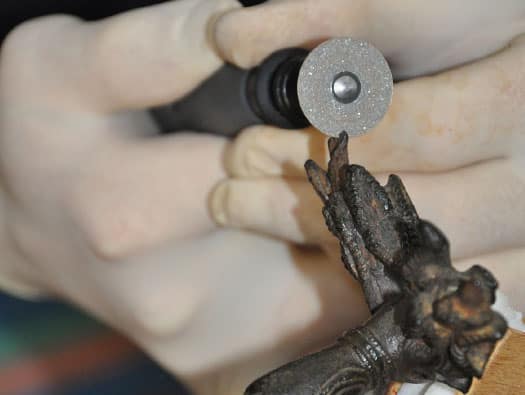
Sampling of an iron reinforcement within a bronze object (palanquin hook, NMC ga. 4745, National Museum of Cambodia, Phnom Penh) - © S. Leroy.
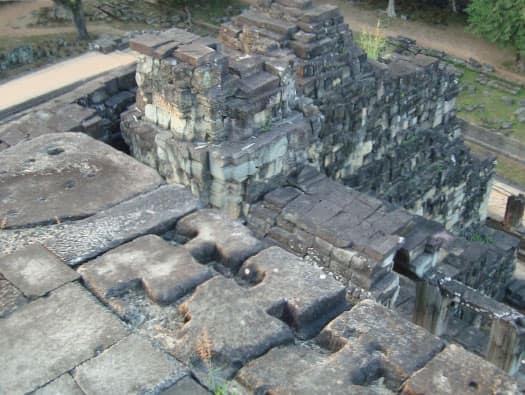
Anchor housings identified in the structure of Baphuon temple (11th century) in Angkor during the restoration work on the temple by the École française d’Extrême-Orient - © S. Leroy.
 More (1,30 min.)
More (1,30 min.)
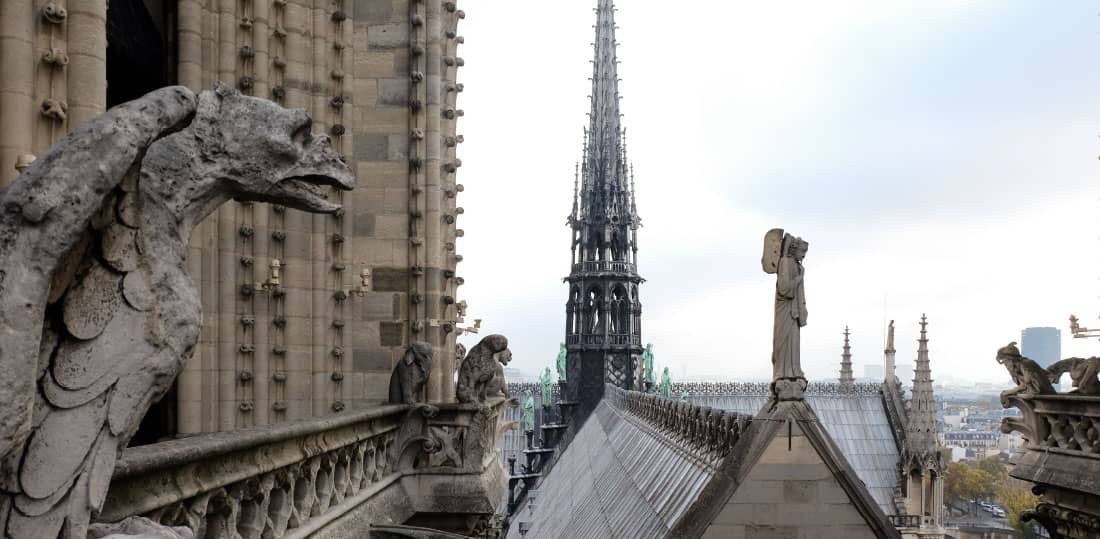
As at the date of publication of this edition of Clefs CEA, it is hard not to make a connection between some of the research it presents and that which could be carried out to help with the restoration of Notre-Dame Cathedral in Paris. CEA’s laboratories and others are involved in the association of researchers for the restoration of Notre-Dame. In close collaboration with a CNRS task force, its goal is to help and advise the authorities in charge of this task.
Research around Notre-Dame will take place in several phases. It will follow the emergency measures concerning the civil works and the forensic work. For the next phase, restoration, the knowledge already acquired by certain scientific teams on ancient materials and the digitisation of the building, will be extremely useful.
For the third phase, a large amount of scientific research could still be carried out on the materials (stone, mortar, wood, metals – lead and iron, glass) spared by the fire and even on those which were partially damaged. Many of the methods mentioned in this issue will be employed. The damage to the stone could be studied in order to understand the impact of heat but also to constitute a baseline. It is also possible to collect historical information such as dating the burned wood, identifying the types of wood, the techniques used by the carpenters, find out the provenance of the metals and date them, determine the types of mortar and so on.
All this research will be possible in the future on materials which are at present being carefully collected using appropriate protocols and archaeological methodologies specially developed for the occasion and based on lengthy experience in the field by the Regional Directorate for Cultural Affairs and the laboratories of the Ministry for Culture, which will be managing the initial work on the site. n
 More (2 min.)
More (2 min.)

Prehistoric rock art

Migrations
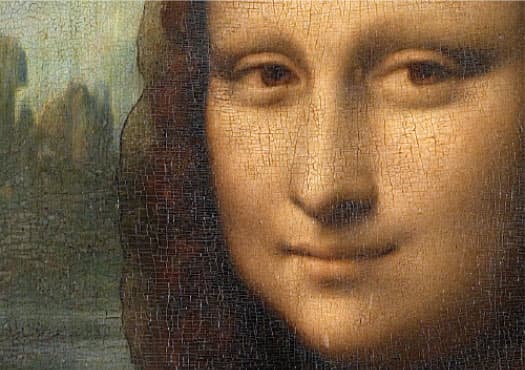
Pigments and metals